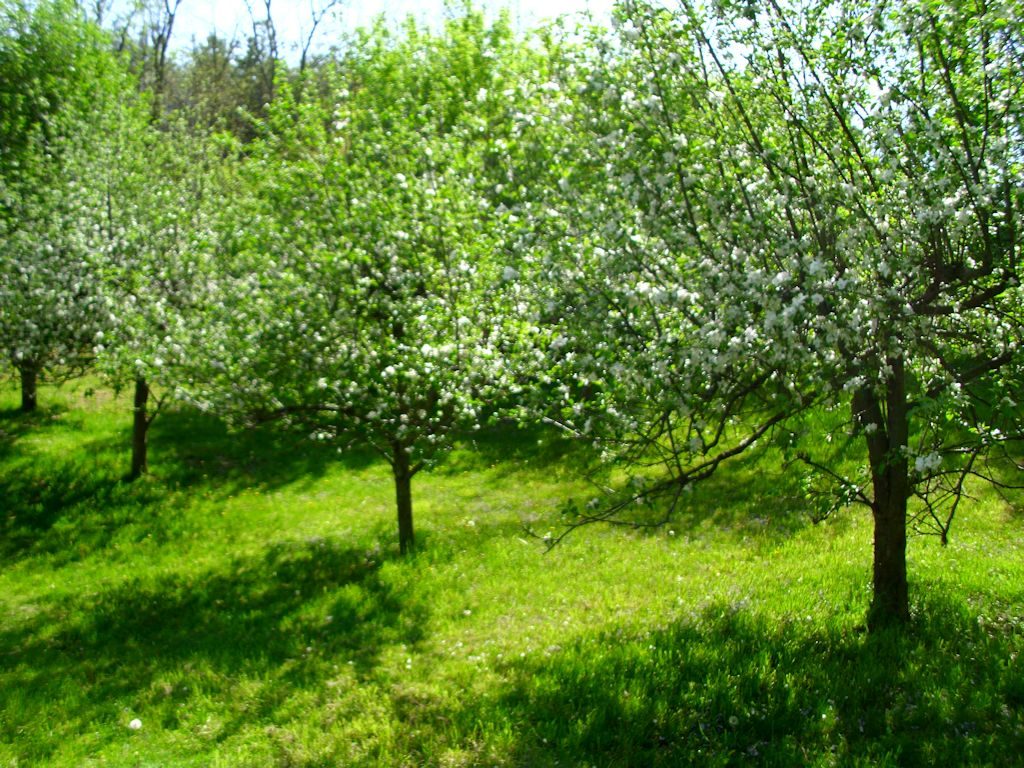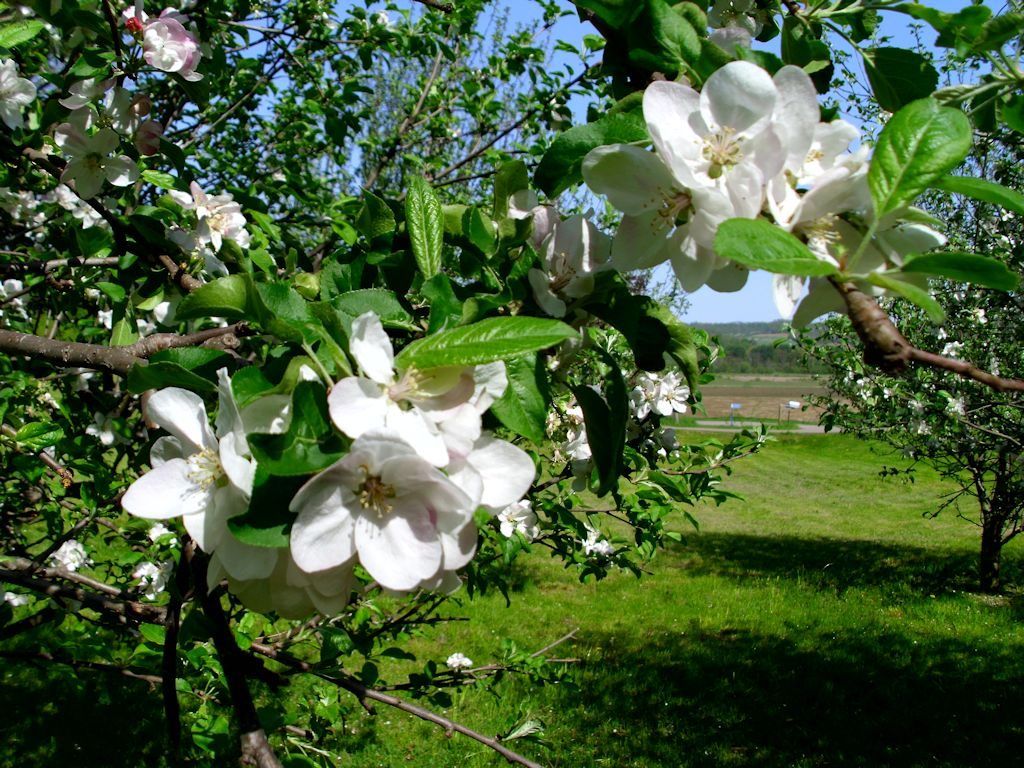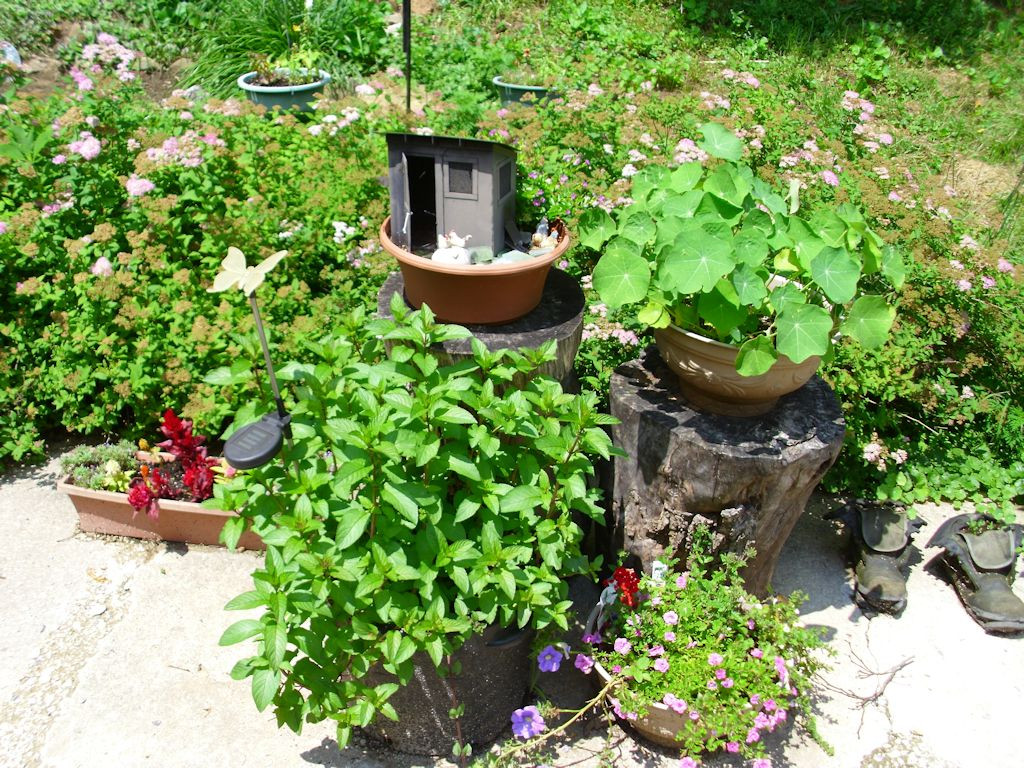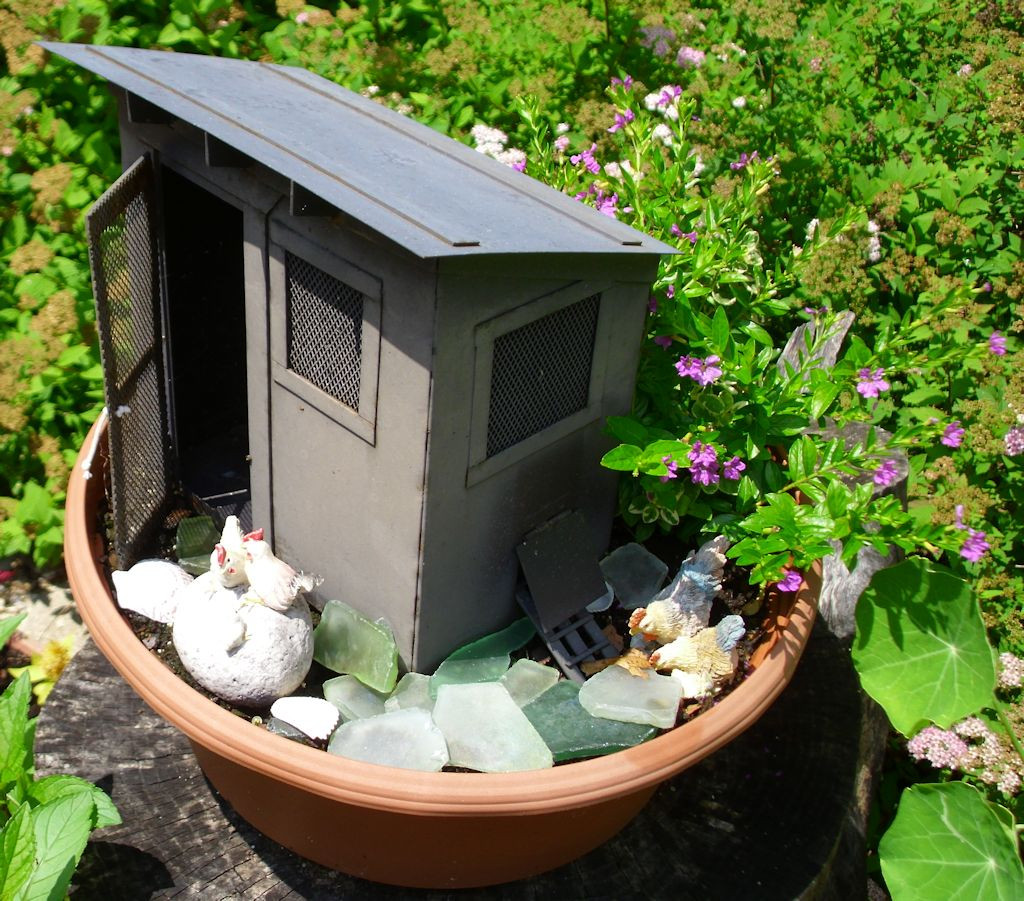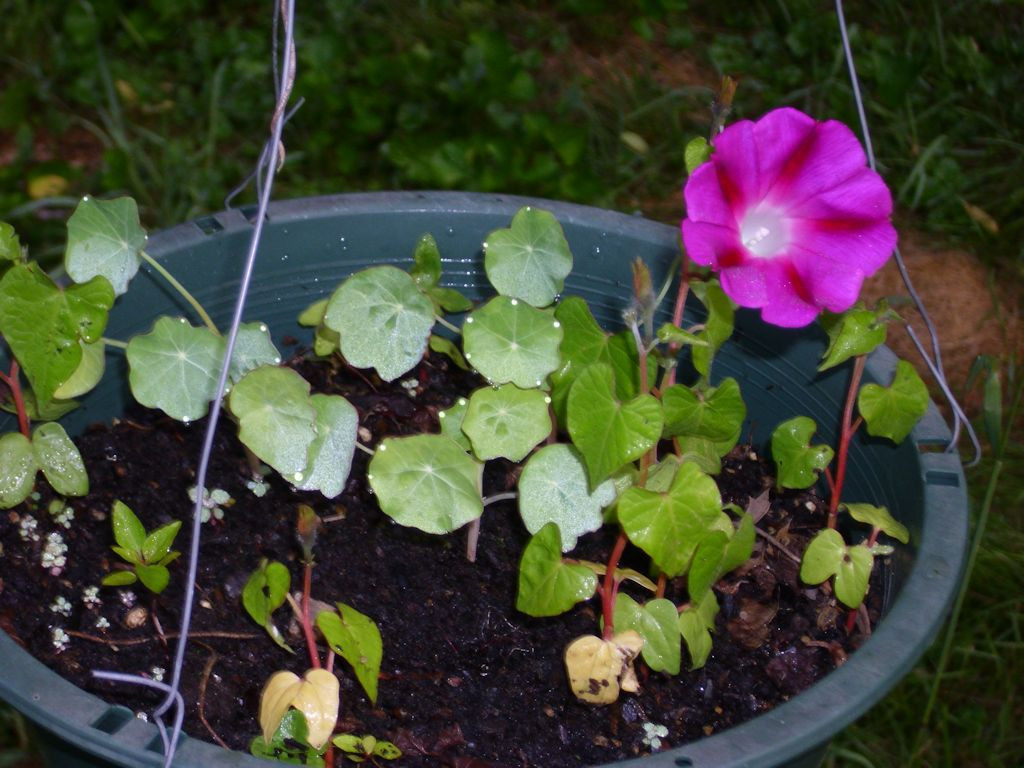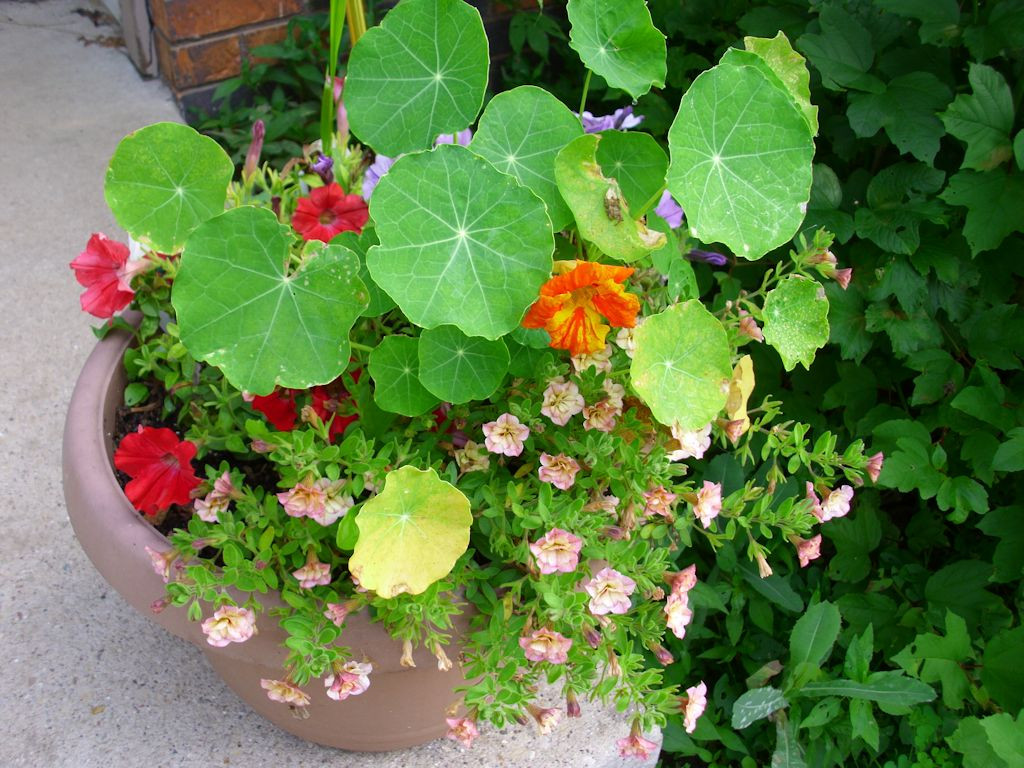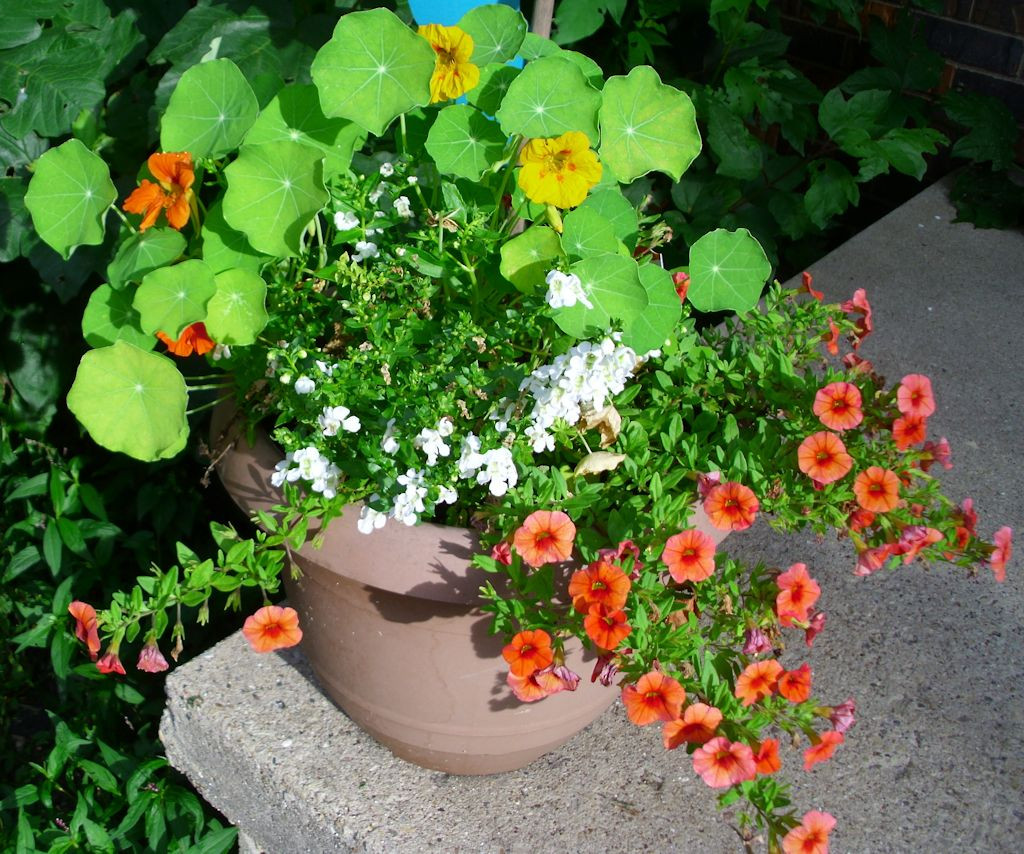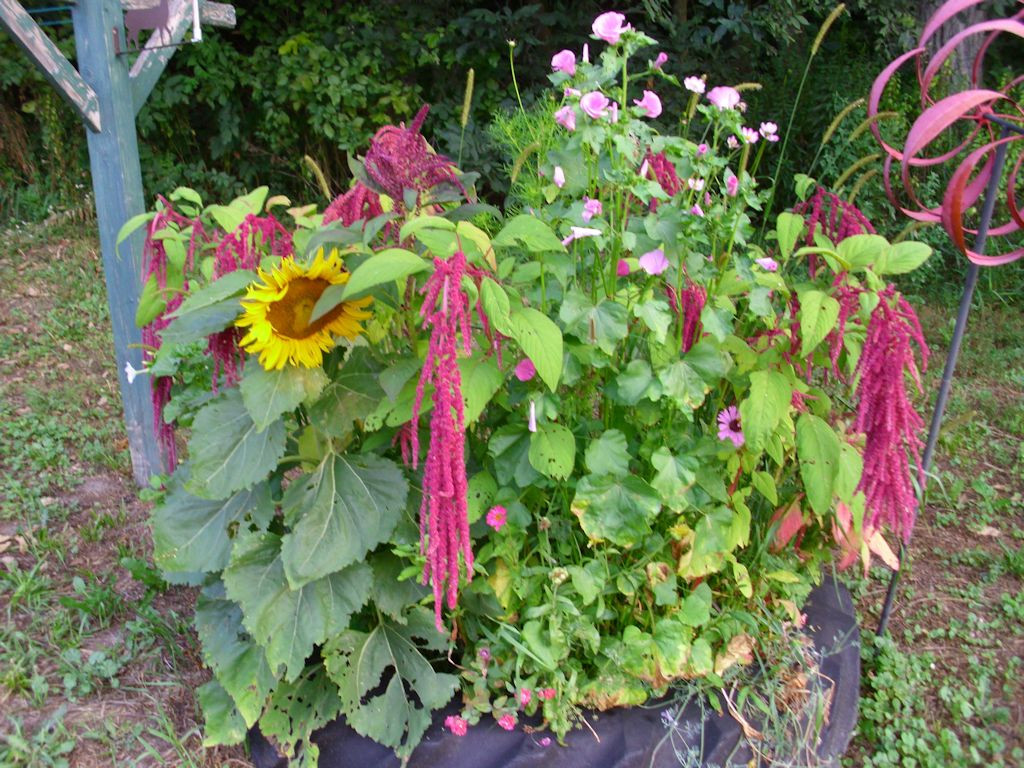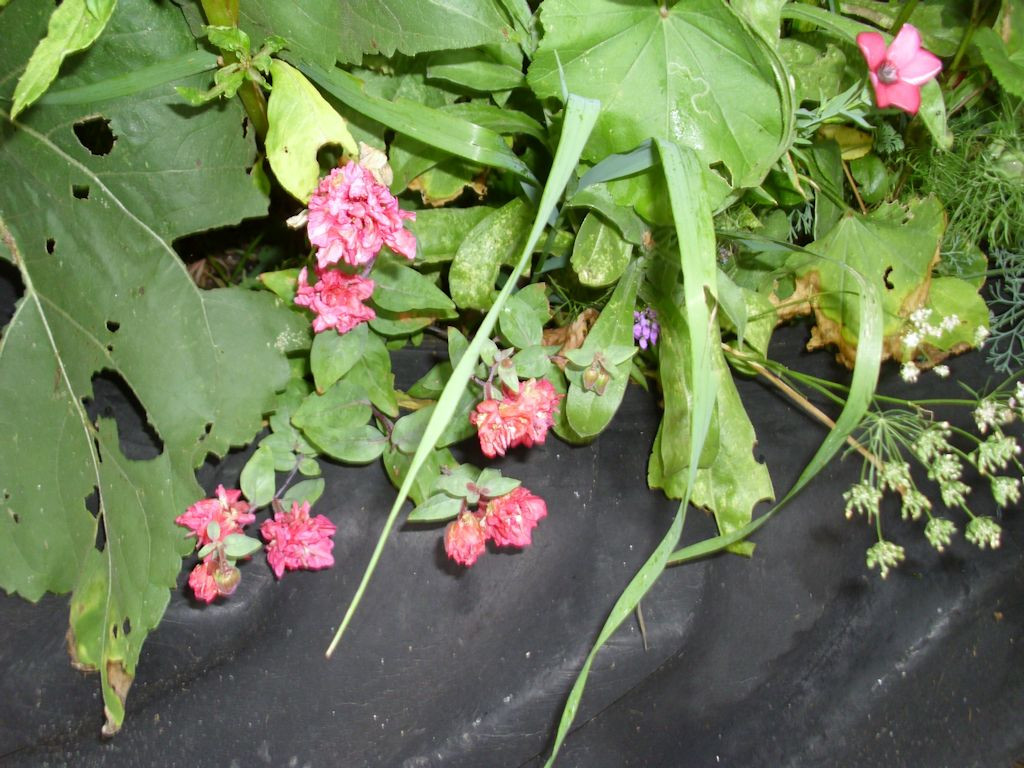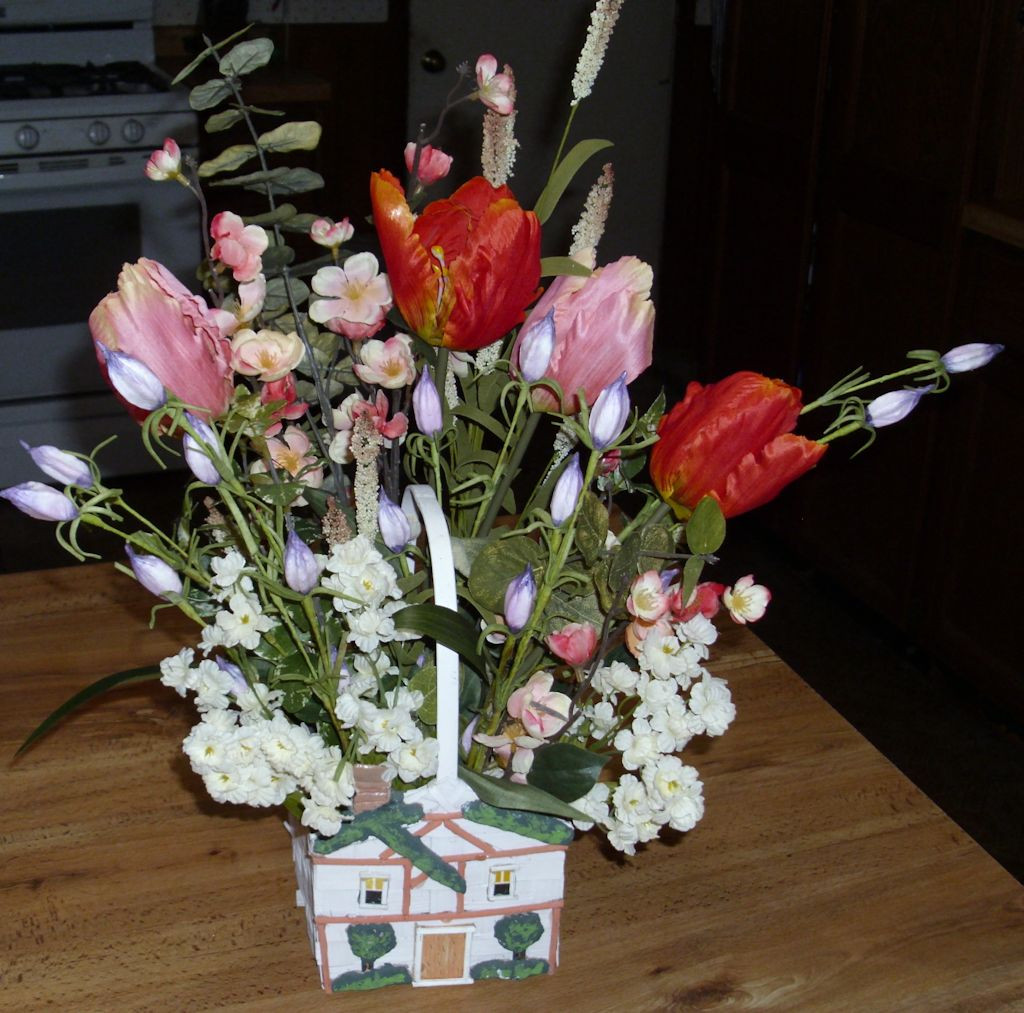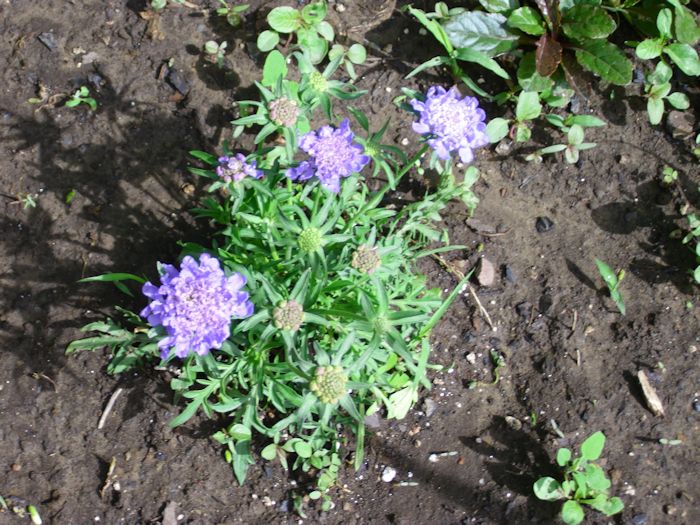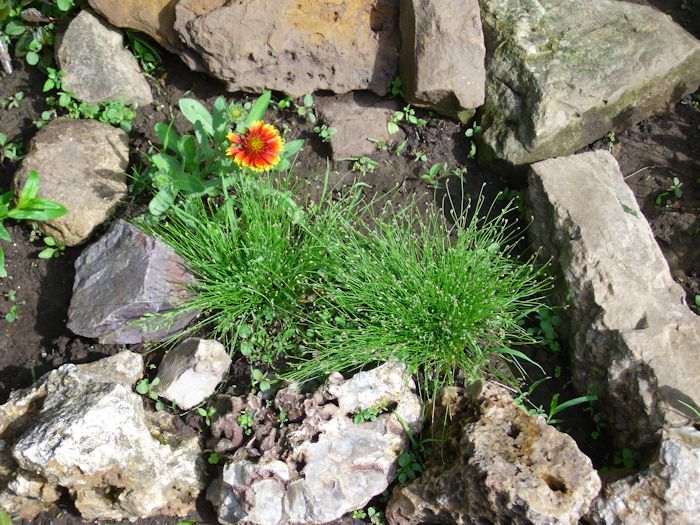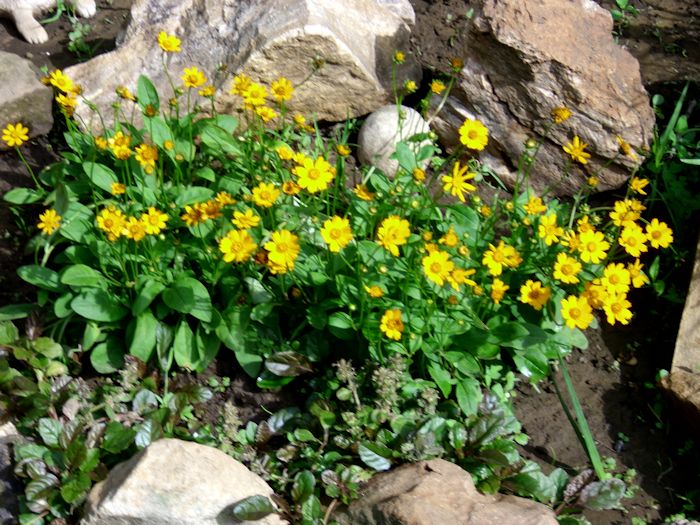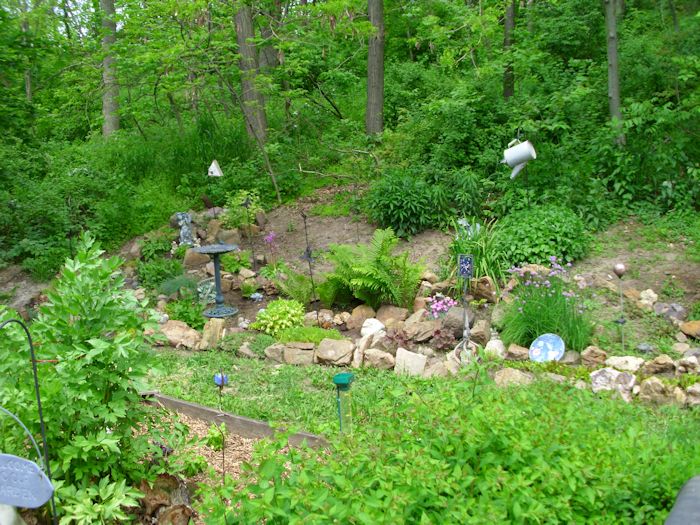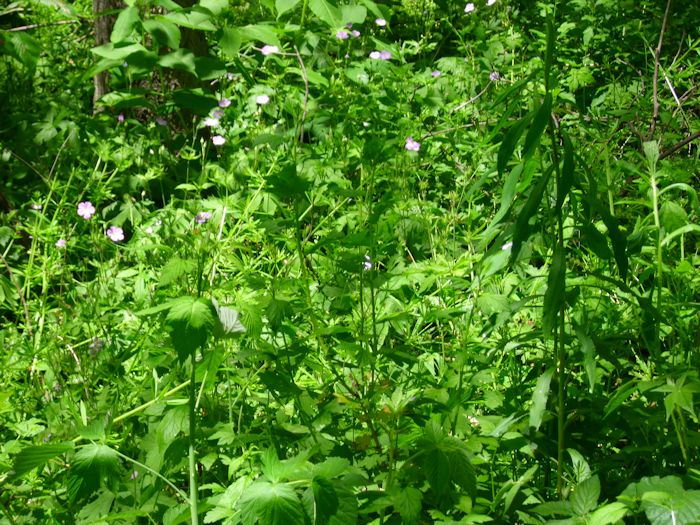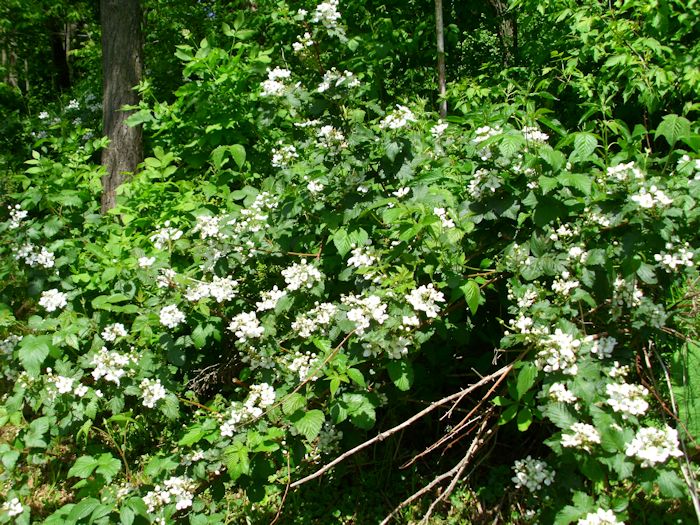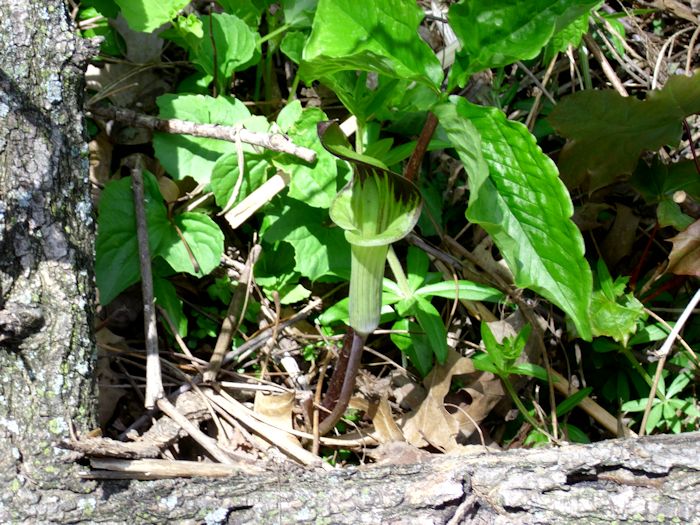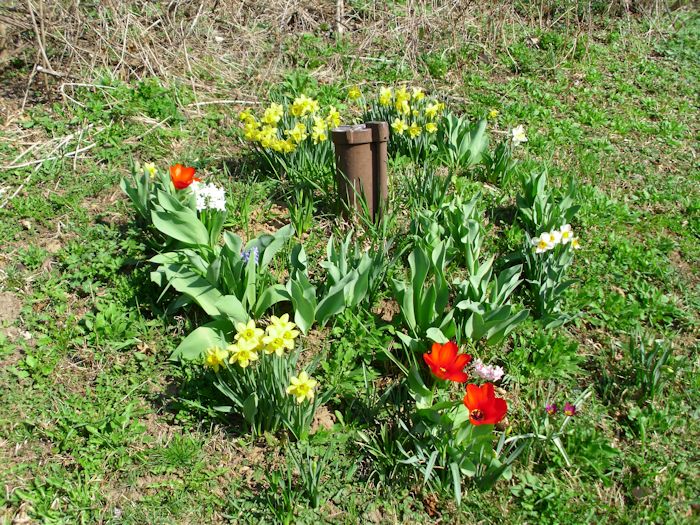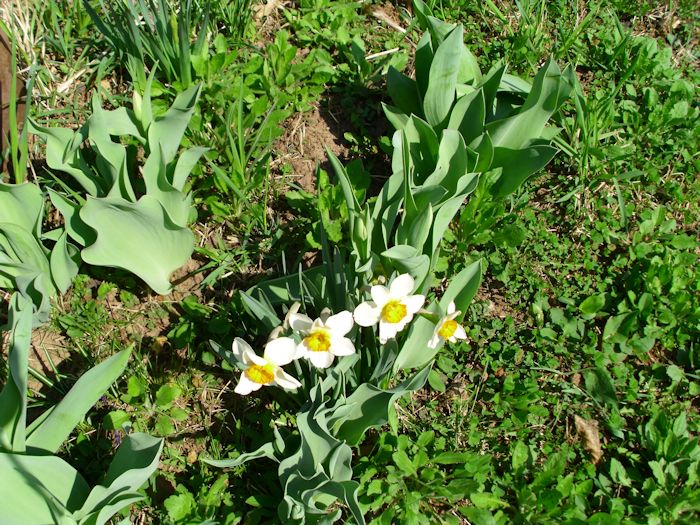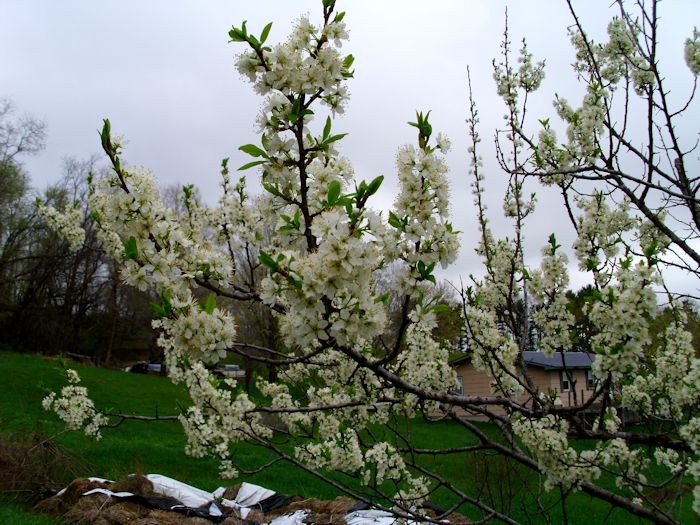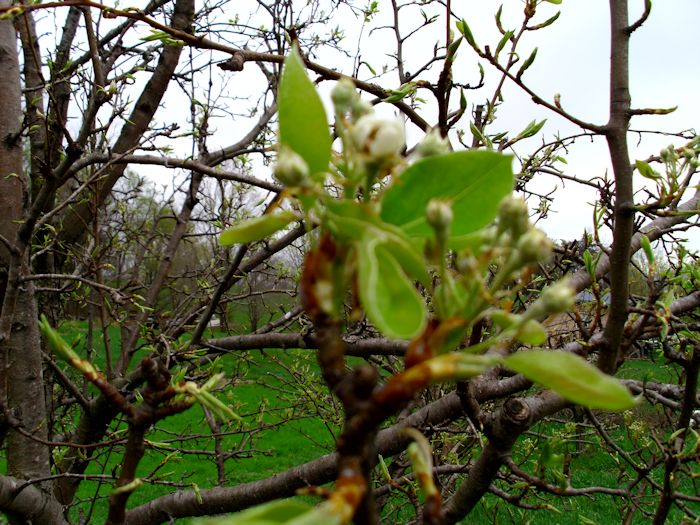Anyone who knows me knows that I spend a lot of time in the woods. There is always something to see there, even in the dead of winter. In reality, there is quite a lot to see that you’ll never find unless you know where to look. Some hidden items bespeak the bounty of the woods, while others tell of the beauty you can encounter there.
Recently I went up into the woods to look for morel mushrooms. Our damp, cool spring seems to have produced a bumper crop of them. In fact, normally I find just a few, but this year we ended up with a bowl full of them. What surprised me most what the size of these mushrooms, they were a lot larger than usual. Here are a few of the larger ones I found:

Fortunately, size doesn’t diminish the wonderful taste of these mushrooms; you just get more of a good thing. Rebecca fixed them up with a roast, which was absolutely delicious. The mushroom season is extended this year and I hope to find a few remaining morels on a venture into the woods today (weather permitting, of course).
Sometimes beauty is also hidden. While wandering through the woods, I noted our may apples (sometimes spelled as mayapple, without the space) are up for the year. When you walk through the woods, you see a nondescript bit of vegetation that is slightly reminiscent of palm trees when viewed closely. Some plants have one leaf (first year) and some two leaves (second year). The second year plants will produce a beautiful blossom (just one). I picked one for my lovely bride to enjoy as shown here:
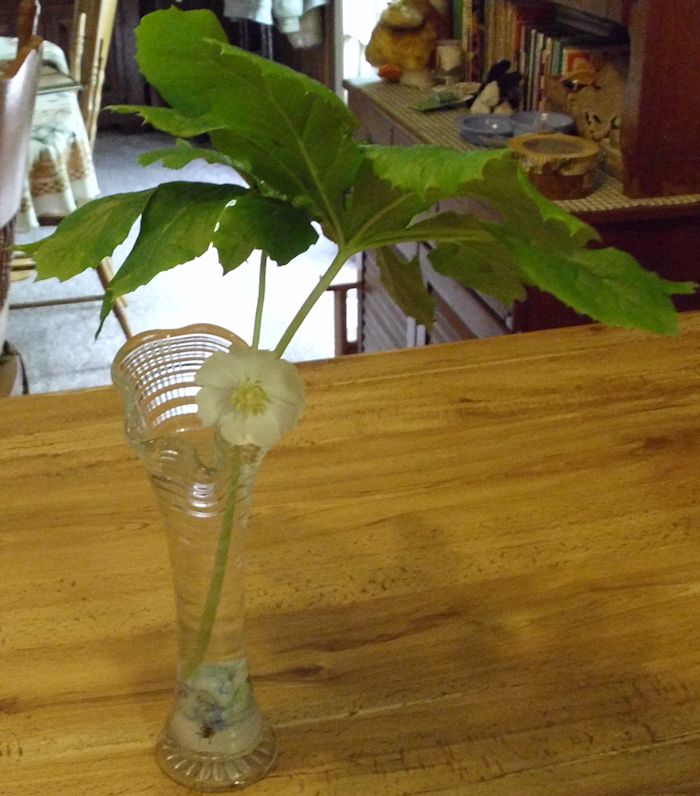
The single flower has an extremely light, but pleasant smell. The may apple is actually a useful plant, but most people haven’t even heard of it. The leaves, when boiled, produce a natural insecticide that you can spray on a variety of plants. The insecticide washes off cleanly with the next rain. You can also dip seeds in it to prevent a variety of problems.
The native Americans used the may apple root as a medication. It’s used as a laxative and also a purgative. In fact, it may surprise you to find that some modern medications, such as podophyllin, also rely on the may apple.
There is some discussion about the fruit because most people have no clue as to when to pick and eat it. The fruit must ripen on the plant or else you’ll get poisoned (not enough to die, but you’ll wish you had). It has a subtly lemon taste and is absolutely delicious. Most sites tell you not to eat the seeds, which is good advice. The seeds won’t make you sick, but they do tend to have a laxative effect when you eat enough of them.
This is also the season for springtime flowers. While the may apple might be a little on the self-conscious side, most flowers are quite showy. This year we’ve been blessed with an abundance of cranesbill geranium as shown here.

Most of these patches are relatively large and the flowers are knee deep (sometimes deeper). Our moist, cool spring seems to have brought out more than the usual number of these delightful flowers and it’s hard to go very far without seeing a patch of them. They do spring up each year, but this year’s display is astounding. The eye catching beauty of this group of flowers hides the may apples and other plants that are also part of the picture.
The woods tends to hide things from the casual visitor and the presence of showy displays tends to make discrete displays even harder to find. In order to see both the bounty and the beauty, you must look—really look—to see all that resides within. Let me know about your latest experience in the woods at [email protected].
